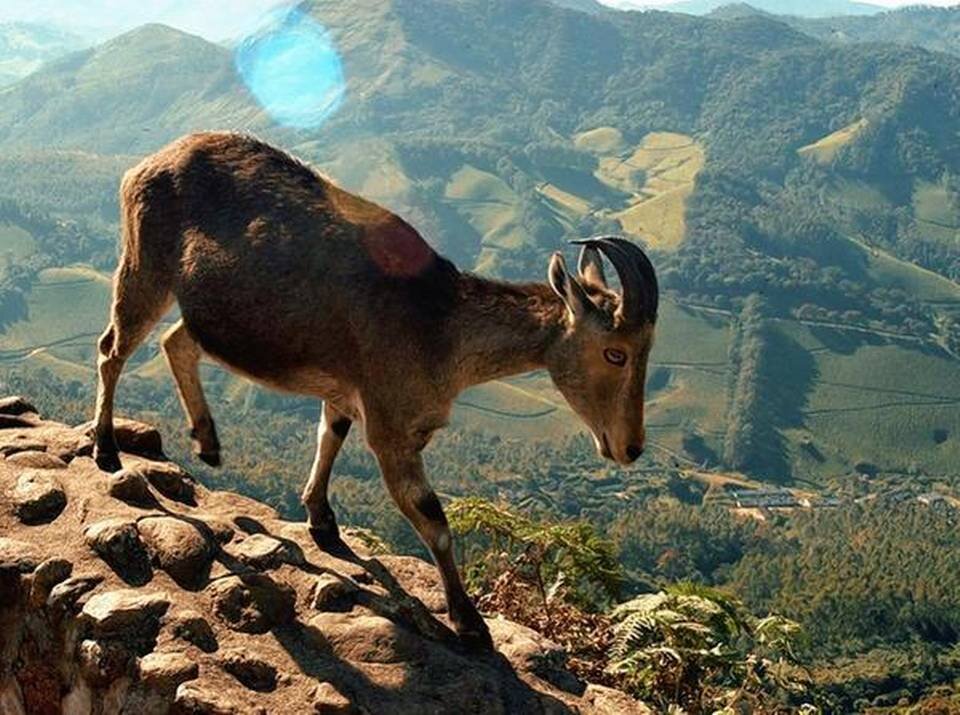Important Facts For Prelims
Nilgiri Tahr
- 09 Sep 2019
- 3 min read
Recently, Nilgiri tahr’s population has increased from 568 in 2018 to 612 in 2019 in the Mukurthi National Park, Tamil Nadu.
- The recent increase has favoured a healthy sex ratio i.e.slightly skewed in favour of female goats.
- There has been almost 27% increase in the population of the tahr in the Nilgiris over the last three years.
- Factors responsible for maintaining an increase in the population of Nilgiri Tahr are:
- Keeping the national park closed to tourists and free from poaching
- Fighting the spread of invasive flora.
Nilgiri Tahr
- Nilgiri Tahr is also known as Nilgiri Ibex.
- It has been listed as “Endangered” by IUCN.
- It has been listed under Schedule 1 of the Wildlife (Protection) Act, 1972 which provides absolute protection and offences under these are prescribed the highest penalties
- The Adult males of Nilgiri Tahr species develop a light grey area or “saddle” on their backs and are hence called “Saddlebacks”
- It is the state animal of Tamil Nadu.
- It is found in open montane grassland habitat of rain forests ecoregion.
- It is endemic to the Nilgiri Hills and the southern portion of the Western Ghats in
- Tamil Nadu
- Kerala
- Threats:
- Habitat loss (mainly from domestic livestock and spread of invasive plants)
- Poaching,
- Populations of these animals are small and isolated, making them vulnerable to local extinction,
- Climate Change
Mukurthi National Park
- It is a protected area located in the northwest corner of Tamil Nadu in the Western Ghats.
- The park was created to protect its keystone species, the Nilgiri Tahr.
- The park is characterised by montane grasslands and shrublands interspersed with sholas in a high altitude area of high rainfall, near-freezing temperatures and high winds.
- It is also home to an array of endangered wildlife, including royal Bengal tiger and Asian elephant, but its main mammal attraction is the Nilgiri tahr.
- The park was previously known as Nilgiri Tahr National Park.
- It is part of Nilgiri Biosphere Reserve along with Mudumalai Wildlife Sanctuary, Bandipur National Park, Nagarhole National Park, Wayanad Wildlife Sanctuary and Silent Valley.




